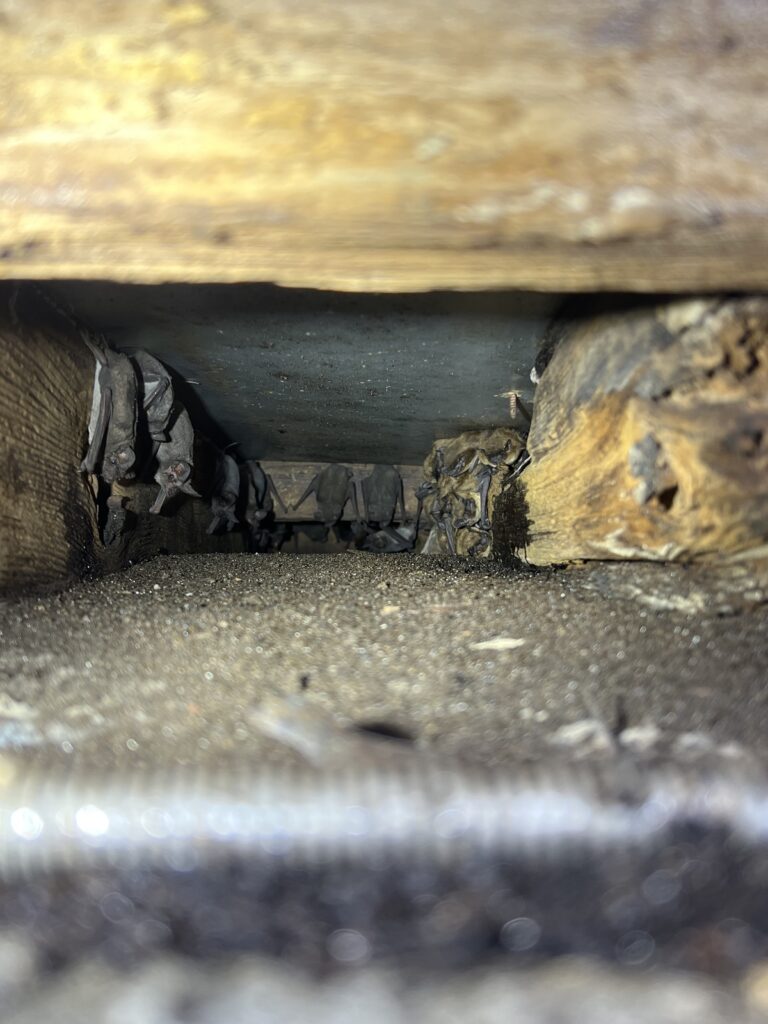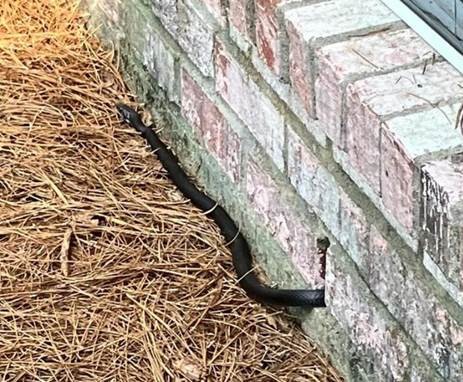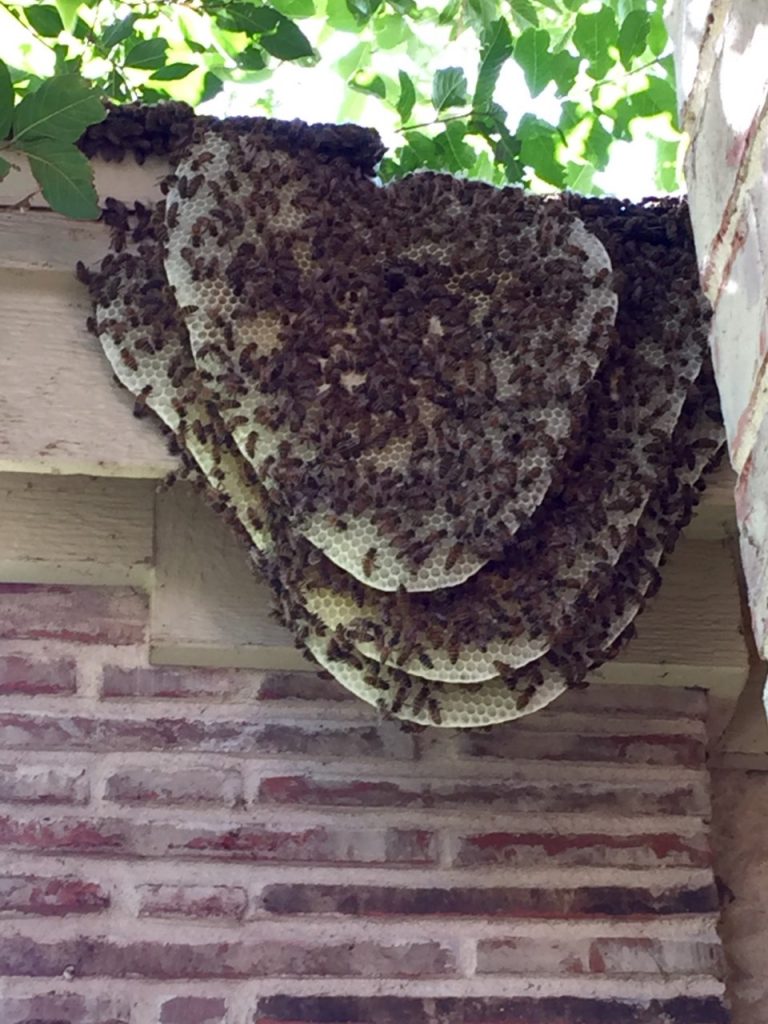Summer is the season of pests. Bugs seem to cloud our vision; nighttime is marked by a chorus of chittering insects; bites materialize suddenly on our skin. It can be an exasperating season if one doesn’t know how to deal with them. Here are a few common summer pests, and how to prevent them.
Five Most Common Pests Problems in the Summer
Bats
Bats are extremely important ecologically, and also eat a prodigious number of mosquitoes per night, making them a form of natural mosquito control. They are, in fact, very beneficial to have around—assuming they remain outside of your house. Where humans and bats often clash is when bats take up residence in human structures to raise their young. Female bats establish maternity colonies in the attics, usually in May or June.
Bats can cause damage to your home. They can ruin insulation and stored items by urinating and defecating, but it is not advised to remove them when they are still raising their young. It is best to wait until autumn when the young can fly, and then permanently address the issue.
Because bats can carry many diseases, including rabies, they should only be removed by a qualified wildlife professional. Once the bats have been removed, carefully inspect the exterior of the building for gaps in siding, chimneys, and rooflines. These can be sealed with caulk, foam rubber, or wire mesh.

Snakes
Like most reptiles, snakes are most active during the summer months, as their body temperature is at its highest. The majority of snakes you might encounter in your yard or home are non-venomous. Snakes typically strike if they feel threatened or cornered. So surprising a snake that is hiding in your house or your lawn can lead to snake bites.

Bees & Wasps
Bees and wasps are most active during the summer. Warm temperatures during the summer provide ideal conditions for bees and wasps to forage and build nests. It is peak season for flowering plants, providing an abundance of nectar and pollen for bees and wasps.
During the summer, bees and wasps are focused on reproducing and expanding their colonies. Wasps, in particular, are busy building and maintaining nests, while bees are collecting food to sustain their hives.
When these activities happen near human activity, bees and wasps become dangerous. Bees and wasps often build nests in or around human structures, such as under eaves, in attics, or inside wall cavities. Certain wasp species, like yellow jackets, can become aggressive, especially when their nests are disturbed. Bees may swarm when searching for a new place to establish a colony. While generally not aggressive during swarming, the presence of a large number of bees can be intimidating and potentially hazardous if provoked.

Mosquitoes
In a way, mosquitoes bring us together, because we’ve all been bitten by them, and we’ve all wished for their immediate extinction. While Mosquitoes can transmit several diseases, some of which are quite serious, bites in the United States are rarely anything to be concerned about. But it’s not a given that mosquito bites are simply something we must all endure during the summer months. After centuries of annoyance, we have mosquitoes pretty well figured out, and have devised some very effective ways to repel them.
Mosquito bites can be prevented by using EPA registered insect repellents (such as DEET, picaridin, or oil of lemon eucalyptus), and wearing loose-fitting clothing. Mosquitoes are also very weak flyers and can be kept at bay with a regular desk fan. Mosquitoes lay their eggs in standing water, so another good practice is to periodically turn over or throw out any items that hold water, such as tires, buckets, toys, flowerpot saucers, or trash containers.
Ticks
There’s just something loathsome about a parasite, and ticks are the quintessential parasite. Ticks find us by detecting our breath and body odors, or by sensing body heat, moisture, and vibrations. Some tick species can even recognize a shadow. Ticks lie in wait on the tips of leaves and grass, quickly climbing onto a host when they brush past. Once they’ve climbed on a host, they might attach immediately, or they might wander around a bit, looking for an area of thin skin. Once attached, ticks feed on the host’s blood, sometimes transmitting pathogens that cause disease in the process. Ticks can carry many diseases, including Lyme disease, Colorado tick fever, Rocky Mountain spotted fever, Tularemia, and Bourbon virus, to name a few.
Fortunately, tick prevention is relatively straightforward, and is centered around not letting the ticks have access to your skin. Wear long sleeves and long pants while outside in the summer, especially when venturing into tall grass. Using an insect spray containing DEET or picaridin can make it more difficult for ticks to detect humans, further reducing the chance that a tick will hitch a ride.
Summer Pest Control Services
Summer is one of the most active times for pests. Insects like mosquitoes, ants, and flies become more active when temperatures rise. Summer brings an abundance of food sources for pests. Plants are in full bloom, and there is more fruit and vegetation available. Not to mention human outdoor activities like picnics and barbecues provide easy access to food.
If you are experience a pest issue, Call Trutech in to get pests out.


